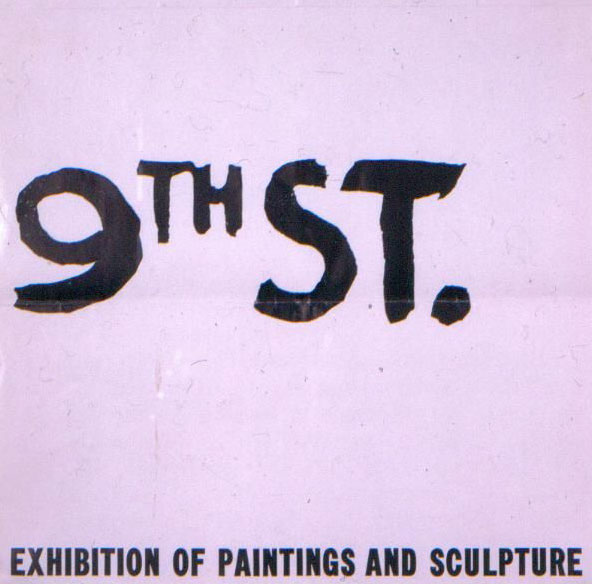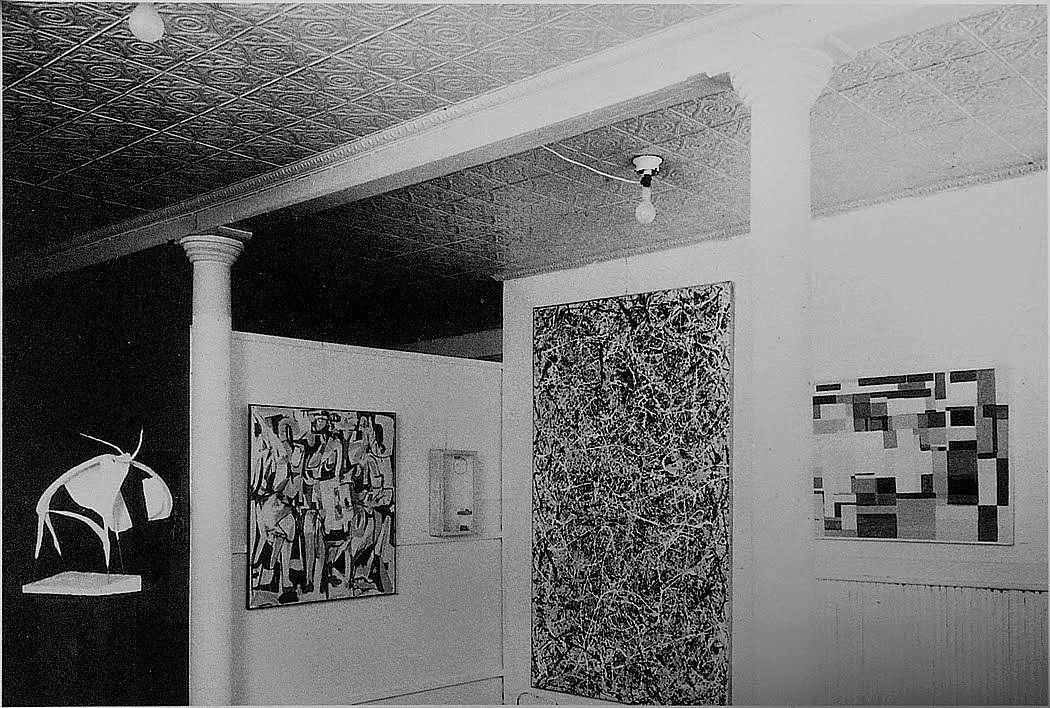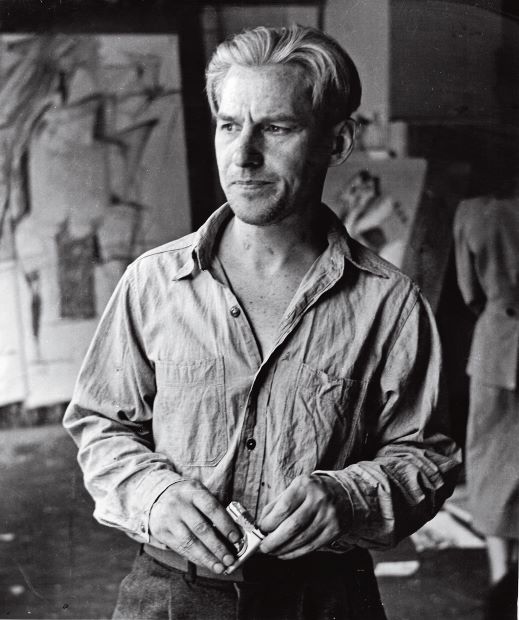
The exhibition that pushed NYC to the art world's centre
The Ninth Street Show opened 67 years ago today. Here's how it focussed and clarified the city's art scene
There comes a point when a set of artists, working together at the same time in the same city, become more than the sum of their collective output. Such a moment came on 21 May in 1951, when the Ninth Street Show opened.
"The “Ninth Street Show,” assembled by members of The Club, an artists’ organisation central to the intellectual life of the New York School in the 1950s, sits on the cusp of generational change,” explains the text in our book, Salon to Biennial: Exhibitions that Made Art History, Volume 1: 1863 – 1959. “From the work of Willem de Kooning and Jackson Pollock (whose Number 1, 1949, was hung vertically by mistake), to that of Joan Mitchell, who carried her painting across town with the help of future art dealer Leo Castelli, it spanned the first and second generations of the Abstract Expressionists.”
The works in the show - held in a condemned building's basement at 60 East 9th Street - were mainly abstract, and many of the key pieces are best described as Abstract Expressionism. However, as our book explains, “the exhibition was as much about a community as about a style or a movement.”

Collectively, the artists were known as the New York School – a name that inevitably drew comparisons to an earlier group, the School of Paris, which counted Chagall, Kandinsky and Mondrian among its number.
“This group of New Yorkers believed that they had created art rivalling the School of Paris,” explains our book, “but they had never before seen a large number of their works in one place.” The Ninth Street Show reassured them of their self-belief.
Though named after a street in the cheaper, lower portion of Manhattan, the Ninth Street Show actually enabled a number of these artists to gain space and exposure in better-regarded, uptown circles, as our book explains.

“When Alfred J Barr, Jr., founding director of the Museum of Modern Art, came to the opening, he was shocked to see how New York painting had developed since he had struggled to bring the first generation’s works into the museum. Seeking further opportunities to summarize their efforts, a year and a half later the artists mounted the first of the Stable Annuals, a series of exhibitions held form 1953 to 1957. Anticipating the shifts in the market, that would so change the New York art world in the late 1950s and 60s, they now found themselves uptown in the commercial Stable Gallery on West Fifty-eighth Street.”
That journey uptown was a one-way trip. From the 1950s onwards, artists such as Willem de Kooning, Jackson Pollock and Franz Kline were no longer downtown outsiders, but bone-fide American art pioneers, working away in the new art world capital, New York City.
For more on the Ninth Street Show and much else besides, get a copy of Salon to Biennial. For more on some of the show's participants, order a copy of our Willem de Kooning book here, and our Jackson Pollock book here.